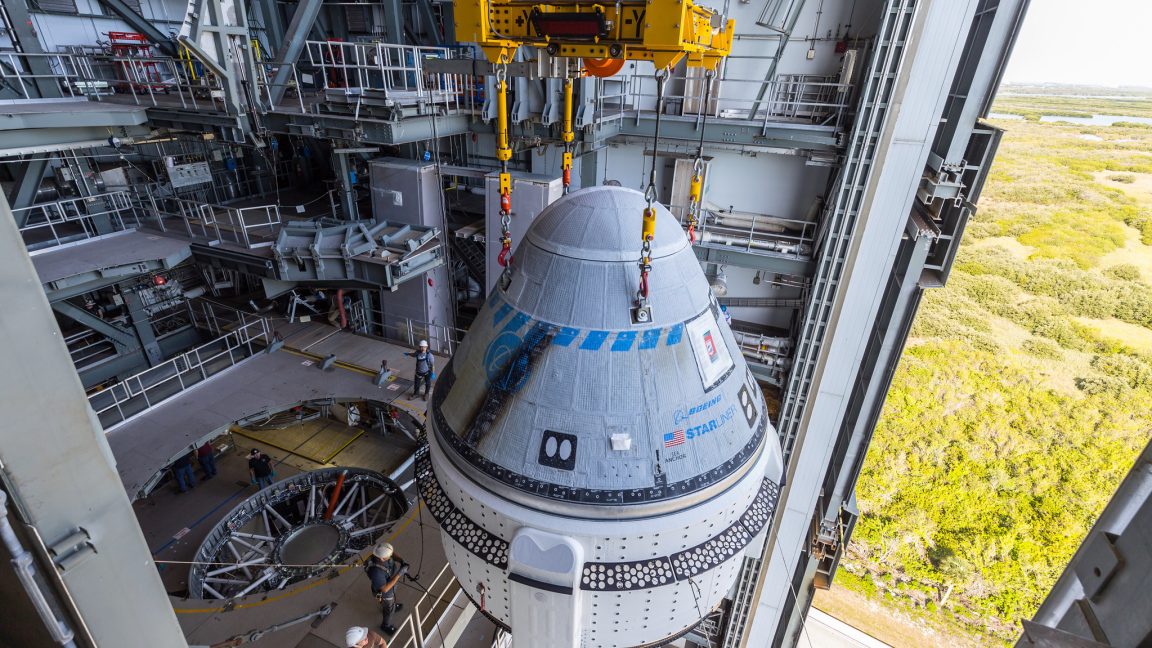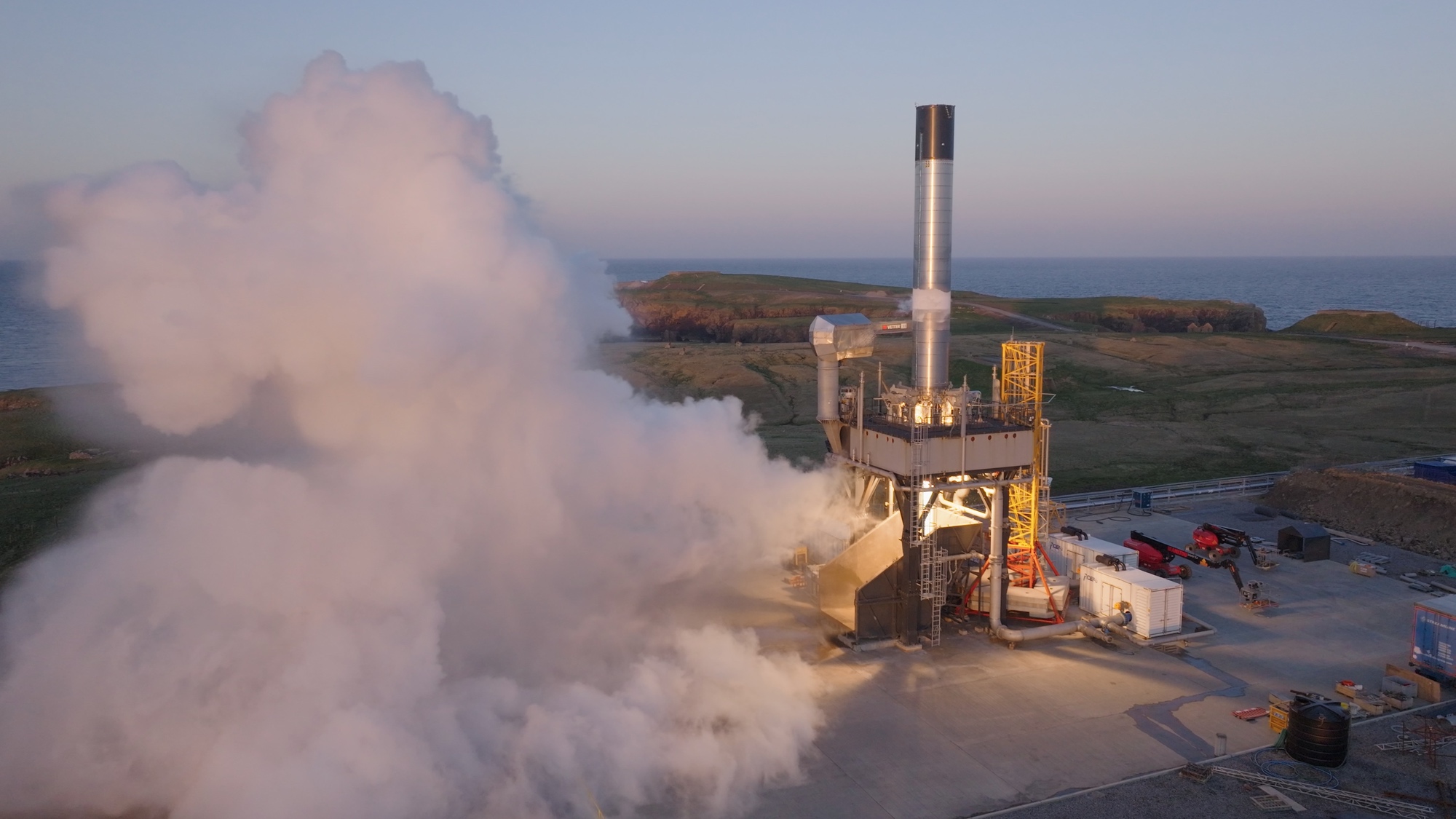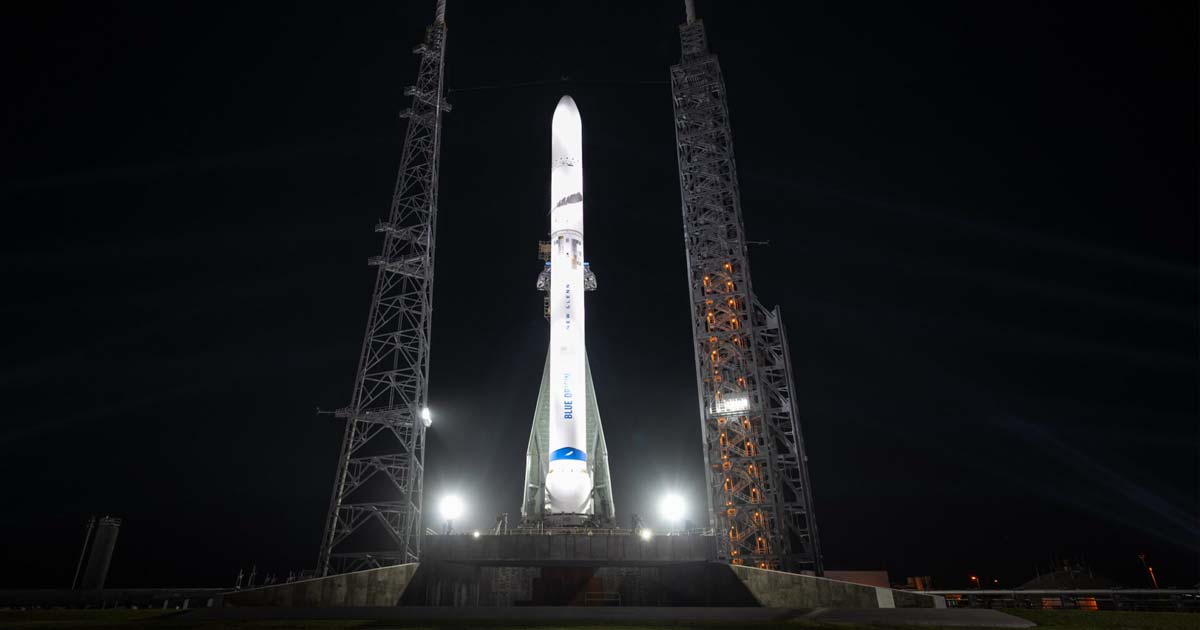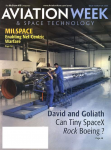The company successfully performed a static-fire test of the stage in May with four of its nine Helix engines installed. RFA had since installed all nine engines, although the company did not state if all were ignited, or planned to be ignited, in this test.
The stage was not a test article but instead flight hardware intended for use on the first launch. “We develop iteratively with an emphasis on real testing. This is part of our philosophy and we were aware of the higher risks attached to this approach,†RFA stated. “Our goal is to return to regular operations as soon as possible.â€Â
The incident, though, is a setback for the company, which was closing in on its first orbital launch attempt, expected as soon as September. In an Aug. 8 earnings call, Marco Fuchs, chief executive of OHB, which owns nearly 65% of RFA, said
he believed it was a “matter of weeks†before RFA would be ready to attempt a launch.


 arstechnica.com
arstechnica.com












